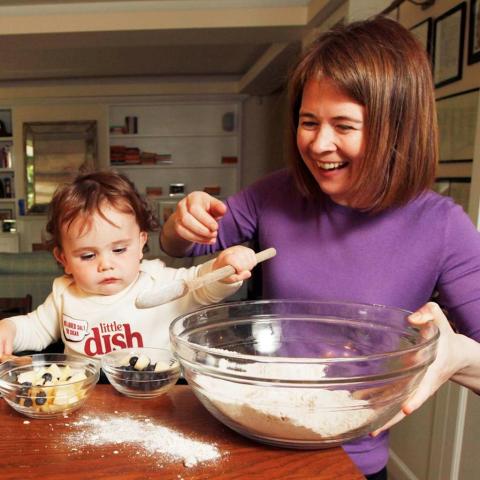Ryan Renger, a law student at the University of Iowa, has noticed something troubling: grocery prices keep rising. After comparing his recent receipts to those from two years ago, he was taken aback. While he does not struggle to afford food, he sees many classmates facing hard choices.
The Consumer Price Index shows that food prices in the Midwest have jumped by 3.2% since August 2024, and the trend is not slowing down. This has hit graduate students particularly hard. With rising costs for living, tuition, and food, many are finding it tougher to make ends meet.
Renger stated, “Nobody should have to cut their food budget. Food is essential.” His feelings are echoed by alarming statistics from the 2025 UI Basic Needs Assessment Report: 38% of undergraduates and 32% of graduate students reported struggling with food security.
Many local families are feeling even more stress due to cuts in federal food assistance programs. The “One, Big, Beautiful Bill Act,” signed into law in July 2025, will reduce food aid funding by $187 billion over the next decade. The Iowa Hunger Coalition estimates that Iowans will lose about $1 billion in food assistance over the same period.
The Supplemental Nutrition Assistance Program (SNAP) is crucial for low-income individuals, but the new bill introduces strict eligibility rules that could make it harder for people to get help. This is problematic when you consider that more than one in eight Iowans already struggles with food insecurity, according to Feeding America.
State politicians are split on these changes. Democrats argue that the cuts will hurt vulnerable groups and strain local economies. “We can’t feed our own people,” said Iowa Sen. Janice Weiner, highlighting the irony in Iowa’s role as a major food producer.
In the meantime, grocery store visits by Iowans in need are rising. For example, the Coralville Food Pantry saw a 22% increase in visitors from August 2024 to August 2025. This shift points to a growing demand for food assistance, which many pantries are struggling to meet.
As grocery prices climb, those reliant on food banks might soon find themselves at a breaking point. Annette Hacker, a communications officer at Food Bank of Iowa, emphasized that SNAP is the most effective hunger relief program. For every meal a food bank provides, SNAP offers nine.
The need for assistance will likely grow even larger with the federal cuts looming. Local pantries have reported increased traffic without a correspondingly adequate supply of food. This is a recipe for crisis, as charity programs are already stretched thin.
Experts warn that these cuts will reverberate through Iowa’s economy. UI economics professor Anne Villmil noted that every dollar in SNAP benefits generates $1.54 in economic activity. Cuts will likely hurt not just those receiving benefits but also grocery stores and food suppliers.
The historical pattern shows that SNAP usage climbs during economic downturns. Currently, Iowa’s SNAP enrollments are at a 17-year low, even as food banks report record demand.
In conclusion, as student and local communities grapple with rising food costs and reduced assistance, the implications of these changes could be profound—not just for those struggling but for the entire region. Understanding and addressing the roots of food insecurity has never been more critical.
For more comprehensive statistics on food insecurity, check the USDA website.
Source link





















